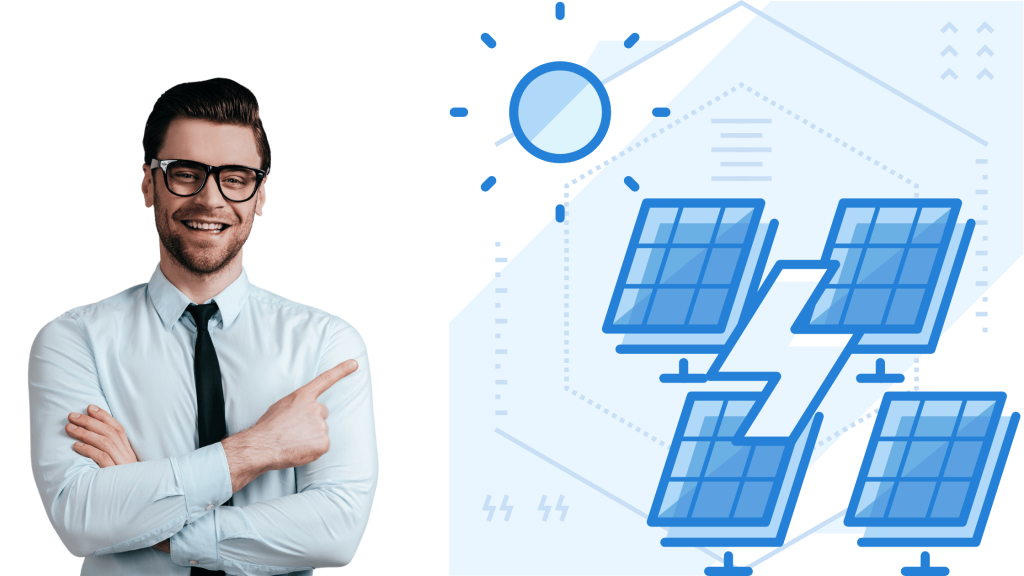How to Switch to Renewable Energy
The renewable energy for heat production was increasingly successful in recent times in France. However, the equipment concerned requires a fairly substantial investment. What motivates individuals to adopt this mode of heating and how to adapt it?
A thriving market and current technologies
Renewable energies are the energies found in their natural state and which are, therefore “free” and ecological. This includes solar, geothermal, wind and wood. Long neglected in favour of fossil fuels that were more efficient and cheaper to set up at the time, renewable energies (Renewable energies) are coming back in force today.
Before embarking on energy-saving work, do not hesitate to make an energy assessment of your accommodation. You will get advice on the heating solutions or the most interesting works for your situation.
In fact, the craze for renewable energies is growing as fossil fuels are becoming scarce and their prices are increasing. In addition, environmental awareness is developing in France and means that individuals are increasingly turning to clean energies, which are more respectful of the environment. The market is following this trend by offering modern, efficient and affordable equipment as the French become interested in renewable energy for their heating needs.
Wood for heating and auxiliary heating
Wood is currently the main source of renewable energy used in France, 80% of whose production is used to power domestic heating equipment. These types of equipment can as well be complementary or auxiliary heaters such as the woodstove or the fireplace insert, as main heaters like the wood boiler. Choosing wood heating is choosing the cheapest fuel on the market (or even free if your land is wooded). In addition, the technological evolution of the equipment allows a very interesting yield now, as with the wood pellet stove which heats efficiently while using little fuel.
Solar thermal and photovoltaic energy
The solar energy is well known for the production of electricity through photovoltaic solar panels installed on the roof. In self-consumption or in resale, this type of panel saves a lot of money on the electricity bill in the long term, or even to light up for free when one is self-sufficient. For heating, there is also a type of solar panels: thermal panels. They heat the home and/or the domestic hot water using solar energy, so free of charge. Finally, a final type of panel can reconcile electrical production and heating production: aerovoltaic. Some of these solar panels benefit from financial aid and investment bonuses to equip them.
Wind energy at home?
Wind turbines are better known for being installed on a large scale in the countryside than in the neighbours’ garden, and yet domestic wind turbines do exist. It is, however, a solution shunned by the households because it is a very expensive and hardly profitable device, in particular, because of the absence of government aids for this kind of installations.
Geothermal energy: bringing heat from the depths
The heat pumps are very attractive systems for the production of heating and can act as main heating. If the aerothermal heat pump will find it difficult to fulfil this role, the geothermal heat pump can. Indeed, geothermal energy is very profitable and has a high yield. However, the cost of installing the heat pump is also very high. If however, you have the right conditions and an ideal land to install a heat pump.
- Solar Panel Maintenance And Cleaning Tips You Must Know - January 5, 2023
- Tips For Zero Waste Living in 2023 - January 2, 2023
- What Is Condensing Boiler and Why Do You Need It? - December 11, 2022

